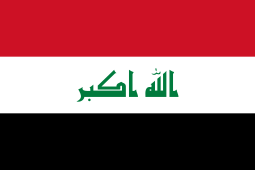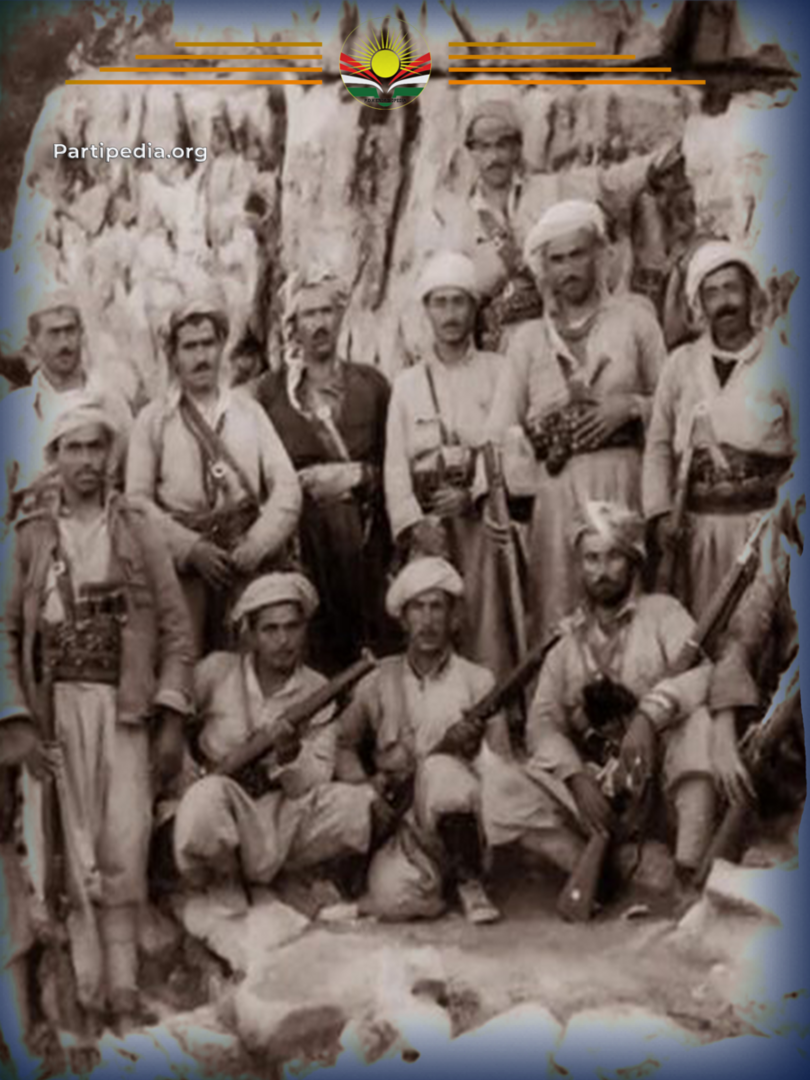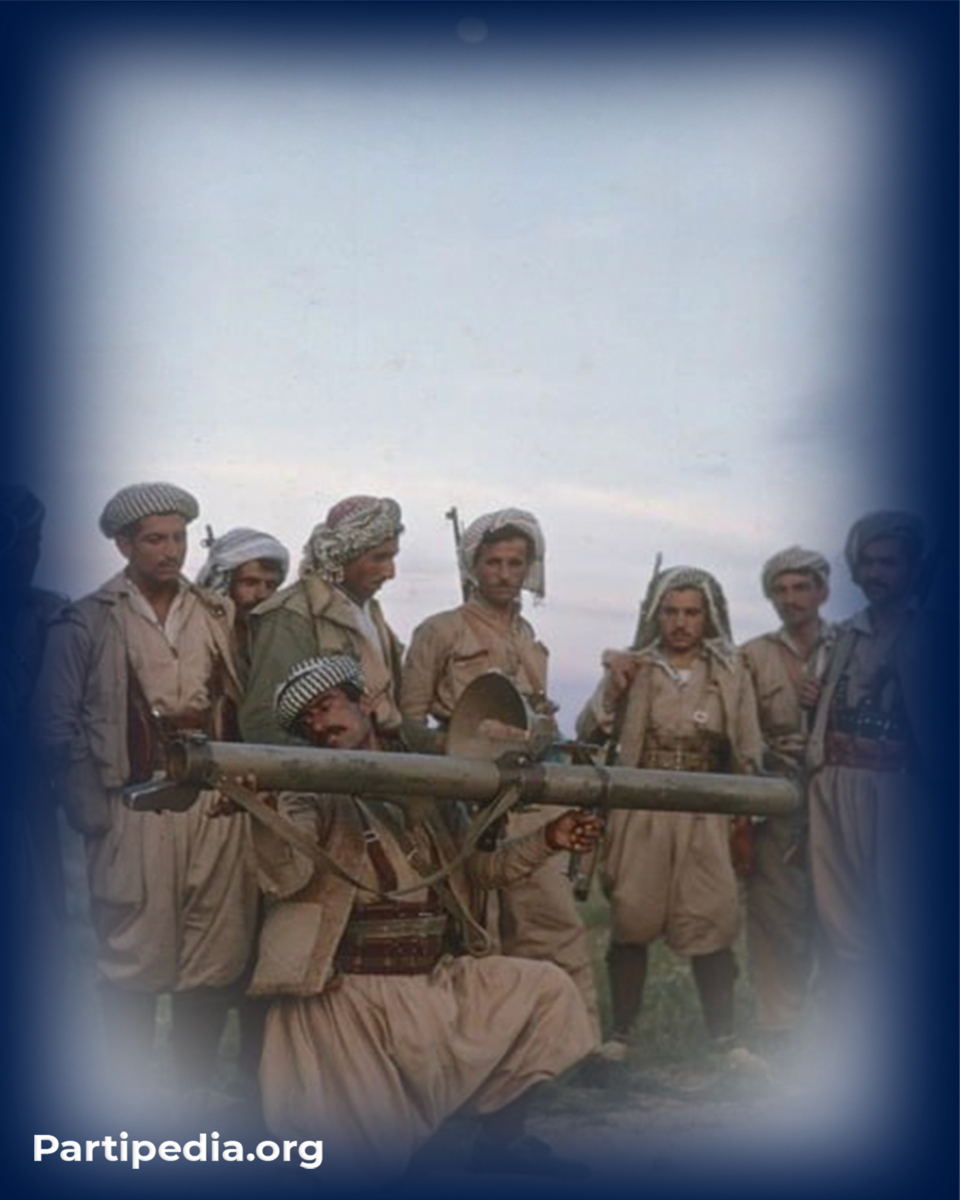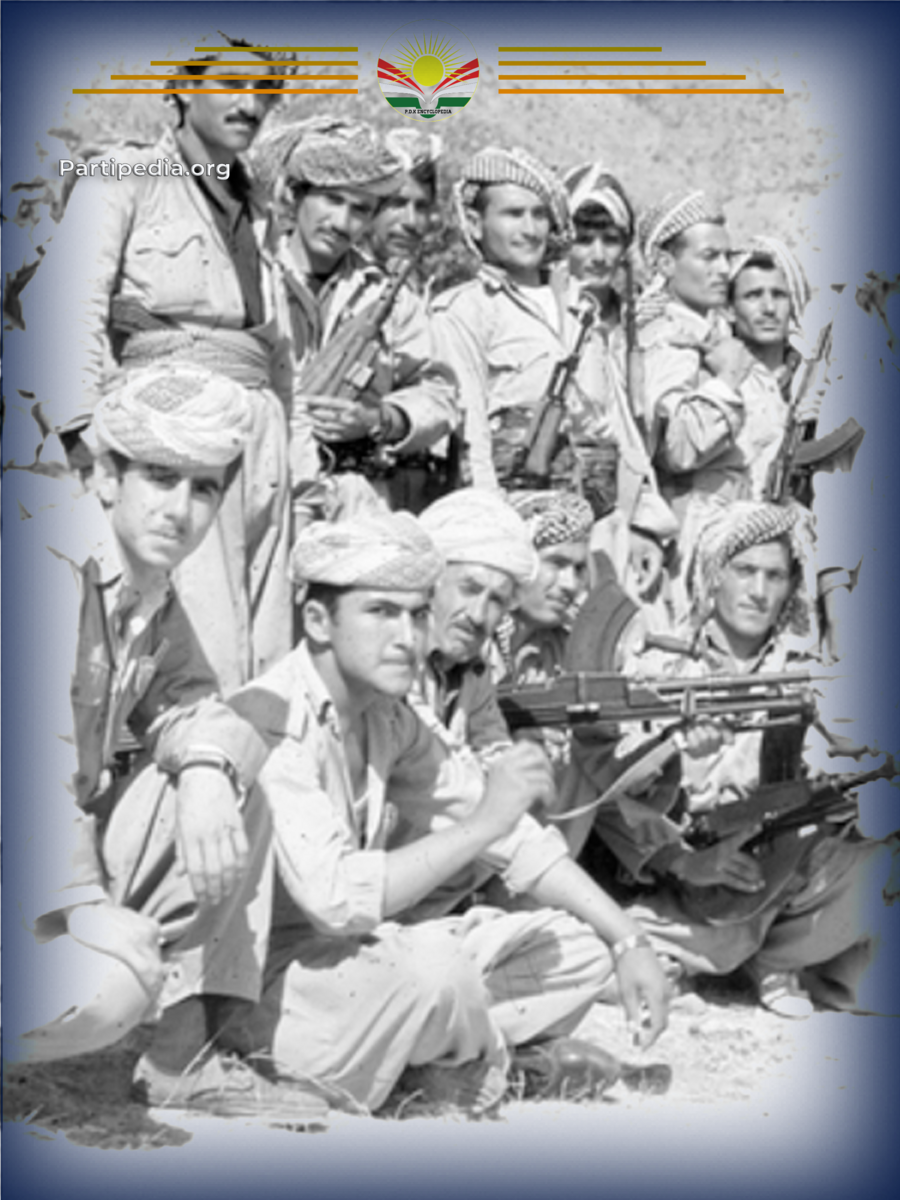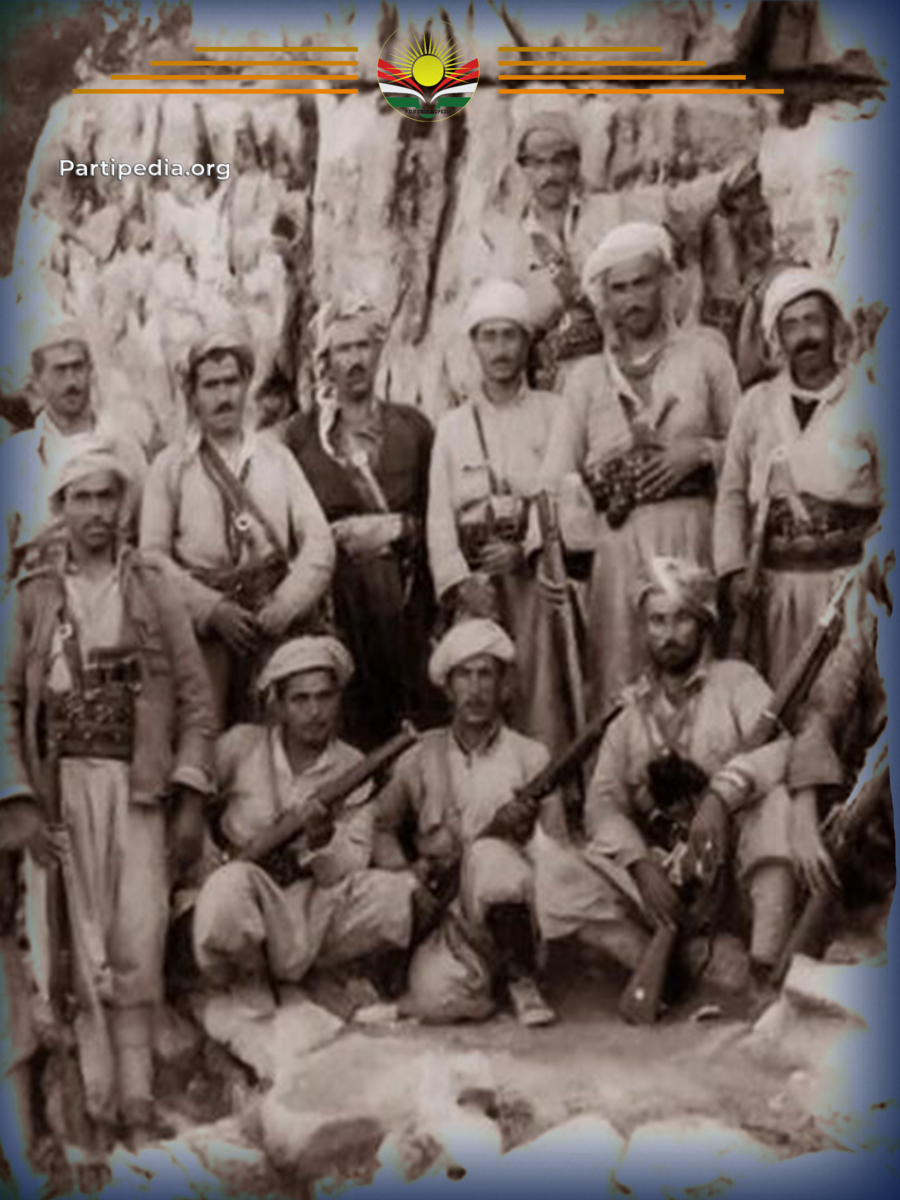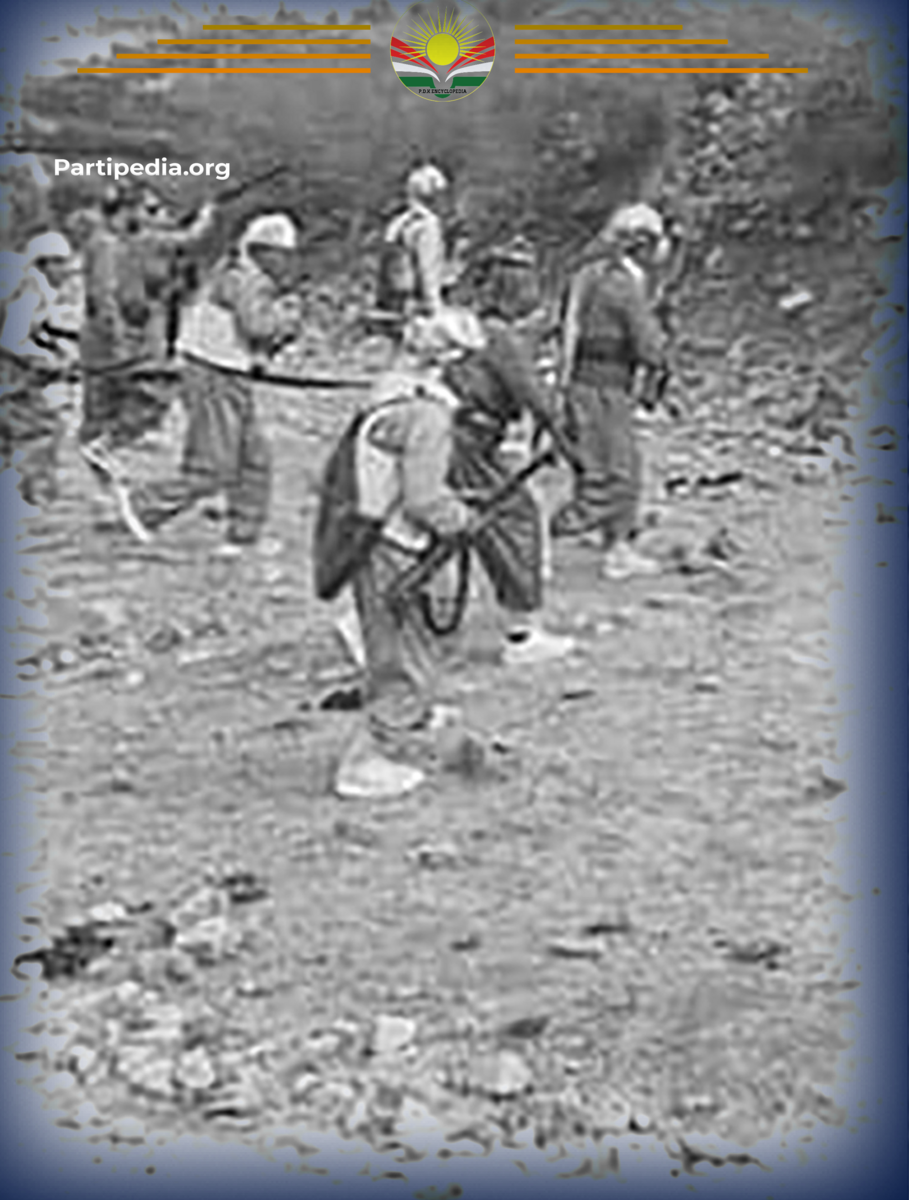From the beginning to the end of 1969, the Iraqi government deployed six divisions, four of which were stationed in Kurdistan. With the assistance and coordination of the air force and local mercenaries (jash), the Iraqi regime relentlessly launched attacks on areas under the control of the Kurdish revolution. These offensives targeted most parts of Kurdistan, aiming to suppress the revolutionary movement. Among these attacks was the Battle of Alana Valley, which took place on July 13, 1969.
Alana is a valley situated at the foot of Mount Korak, located east of Khalifan. Within the valley lies the village of Alana. The area had drawn the Iraqi government’s attention since the beginning of the September (Eylul) Revolution due to its strategic significance. It served as a critical location, connecting Khalifan, Balisan Valley, and Betwata, which made it a site of several battles throughout the revolution.
One of the notable battles in the area occurred on July 13, 1969, at 6 a.m.. A military force from the 21st Brigade of the Iraqi army, supported by aircraft, tanks, and artillery, launched a military campaign from Khalifan and advanced towards the Alana Valley with the aim of occupying the village of Alana.
The Betwata battalion of the Kurdistan Peshmerga forces had apparently been aware of the Iraqi army's military advance and had prepared themselves in advance. As the government forces approached, the Peshmerga launched a strong resistance. After a 13-hour battle, the government forces were defeated and forced to retreat.
The Iraqi army suffered heavy casualties, with more than 50 soldiers killed and wounded. The Peshmerga forces achieved significant gains, capturing several weapons, including sixty Degtyaryov machine guns, three Seminov rifles, a two-knot cannon, as well as ammunition and other military equipment.
The next day, the commander of the Betwata battalion of the Peshmerga forces sent a letter to the commander of the government army brigade, requesting that they send people to collect the bodies left on the battlefield. This act further highlighted the government's weakness, as it became evident in this and several other battles that the Peshmerga forces had achieved significant victories over the Iraqi army.
The government forces had suffered heavy casualties and were no longer able to effectively confront the Peshmerga. In response, the Iraqi government sought alternative methods—shifting toward negotiation and agreements—as a temporary measure to regain its strength. This strategy was intended to provide the government with an opportunity to reorganize and rearm its forces, preparing for another round of warfare against the Kurdish revolution.
Sources:
١- ئارى کەریم، چەند لاپەڕەیەکى زیندوو لە شۆڕشی ئەیلوولدا، چاپخانەى خەبات، دهۆک ١٩٩٩.
٢- مسعود بارزانی، بارزانی و بزوتنەوەى ڕزگاریخوازی کورد، بەرگی سێیەم، بەشی دووەم، شۆڕسی ئەیلوول ١٩٦١-١٩٧٥، چاپخانەى وەزارەتى ڕۆشنبیرى، چاپى یەکەم، هەولێر، ٢٠٠٤.
٣- سهنگهر ئيبراهيم خۆشناو، ڕوداوه سهربازيهكانى شۆڕشى ئهيلوول١٩٧٠-١٩٧٥، چاپى يهكهم، ههولێر، ٢٠٢٢.
٤- خۆشەوى عەلى کانیەلنجى، بیرەوەریەکانى عەزیز قازى حەمەد سورچى، چاپخانەى دانیشفەر، هەولێر، ٢٠٢٣.

